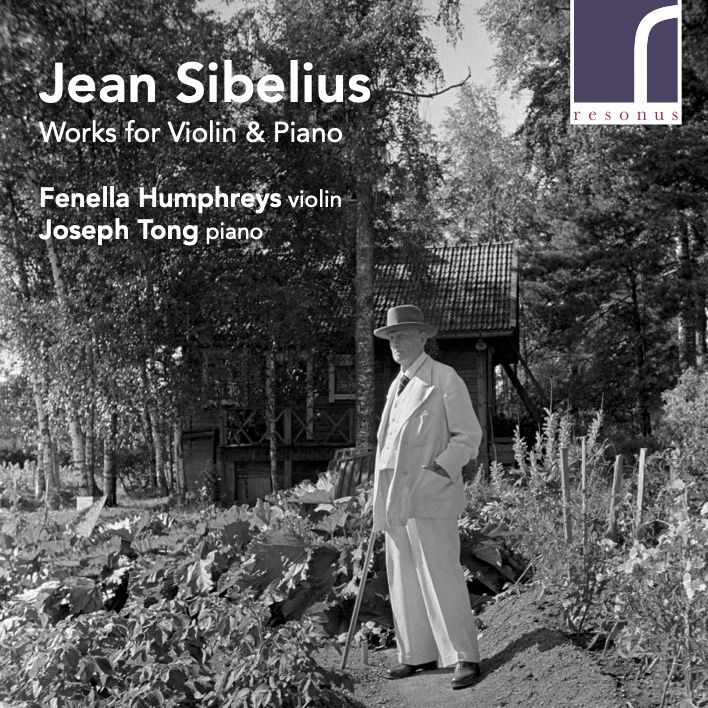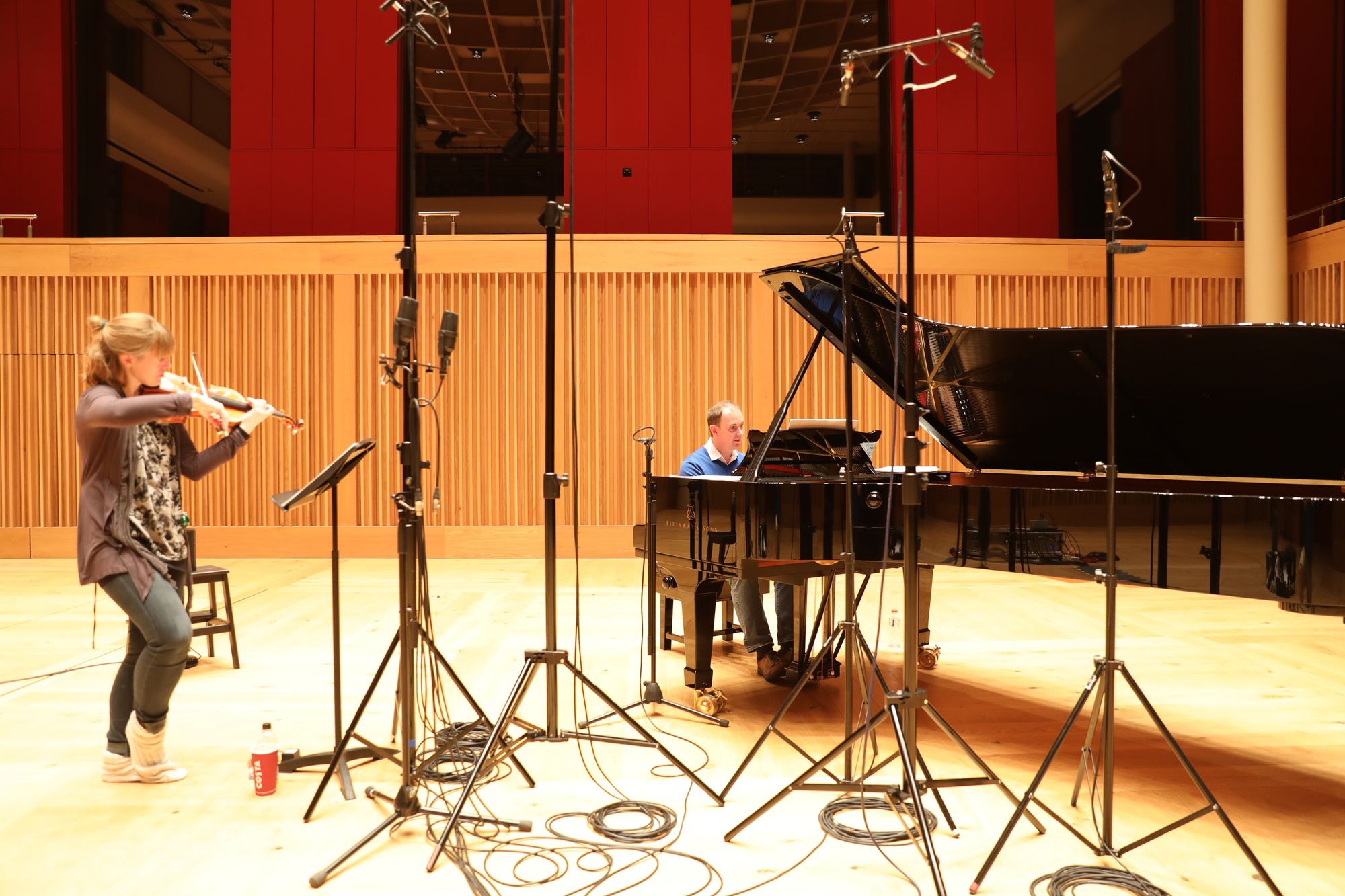Sibelius and the Violin
For many, I hope, this disc will be a revelation: a different side of Sibelius from the symphonist and purveyor of tone poems we all know and love

Sibelius had a lifelong association with the violin - but as listeners we tend to concentrate on one piece - the Violin Concerto. With its complete and utter mastery, it is hardly surprising: but this disc offers a glimpse into Sibeloius the violin miniaturies. Joseph Tong is the pianist - he seems one of those fine musicians whose talents are yet to be fully appreciated. His disc of Schumann on Quartz (a great combination of the Faschingschwank aus Wien, Papillons, the C-Major Fantasie and the Arabeske is an absolute gem (Amazon link below, under the Resonus link). The violinist is the amazing Fenella Humphreys - her first appearance on Classical Explorer here and hopefully not her last.

The works by Sibelius here stretch from the charming 1887 Andante cantabile in G to the sets of pieces Opp. 115 and 116 of 1929. The journey on disc begins with the Four Pieces, Op. 78, writtten in the darkness of the First World War. Dating from 1915-17, Op. 78 consists of Impromptu, Romance, Religioso and Rigaudon. Although generally not betraying the glom of war (the first piece for example), the Religioso is particularly deep and full of nostalgis. Here's the Impromptu:
That Andante cantabile acts as a seperator between Opp. 78 and 81; something of a palette-cleanser between courses, if you will. Immediately there's a greater sophistication to the Mazurka that is the first piece of Op. 81. Try the little "Rondino" second movement to hear both Humphreys and Tong at their finest, Tong's piano part perfectly judged, Humphrey's violin sweet-toned and almost vocal in her cantabile. The final Menuetto is particularly quick-witted and clever.
The Danses champêtres, Op. 106 dates from 1924/5. Despite their seemingly harmless title of "Country Dances" there is particular profundity here. some of the lines in the first movement could come from the Violin Concerto (Op. 106 was written in the shadow of the Seventh Symphony). The second movement is a "Polacca," but although there's a carefree element to when the piano takes the tune tere is an underlying depth here too:
The disc is completed by two sets of pieces that date from the very end of Sibelius' composing career, Opp. 115 and 116, both written in 1929. The music is enigmantic and spellbinding:the "Ballade," Op. 115/2 is music that sounds improvised and deconstructed at the same time.before ultimately assembling itself into a dance. Each of the pieces of these two opus numbers has a title of some sort, from "Auf der Heide" (On the Heath) to "Die Glocken" (The Bells, a con sordini - muted - study in mystery) for the outer movements of Op. 15 to the French titles of the three pieces of Op. 116. The final Op. 116 set is generally more complecx harmonically - the central "dance caracteristique' in particular. Only in the concluding "Rondeau romantique" do we get a Rückblick to times of old.
The Spotify link below is for the very first track on the disc, the Impromptu from Op. 78, which was released as a single.
For many, I hope, this disc will be a revelation: a different side of Sibelius from the symphonist and purveyor of tone poems we all know and love. Fenella Humphrey's sterling musicality and unfailing technique coupled with Tong's mastery is the perfect combination, all housed in a superb recording produced by Matthew Bennetta and engineered by Dave Rowell. The disc was released on the date of this post, January 7, 2022.
The disc is available at Amazon here. Spotify below:
